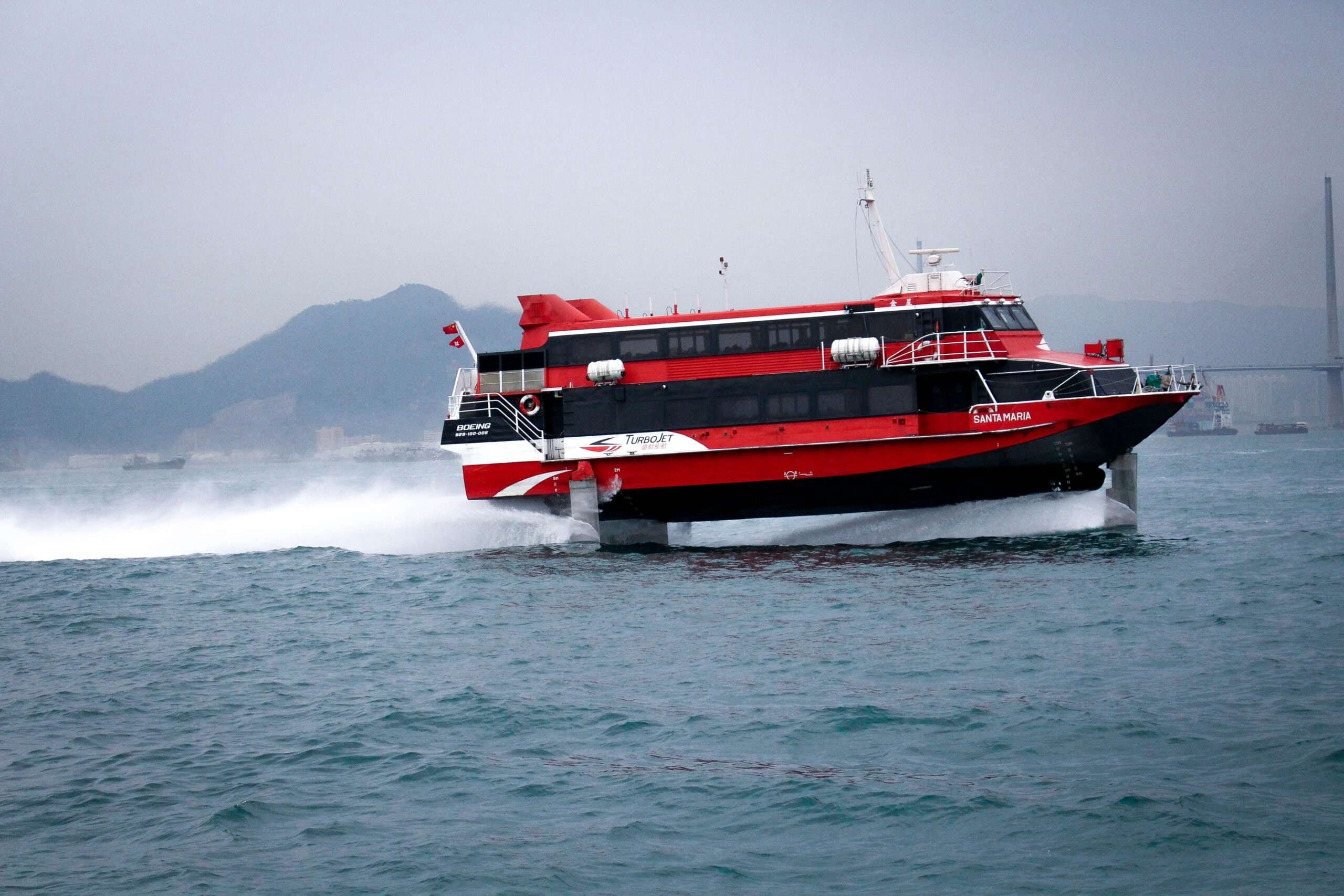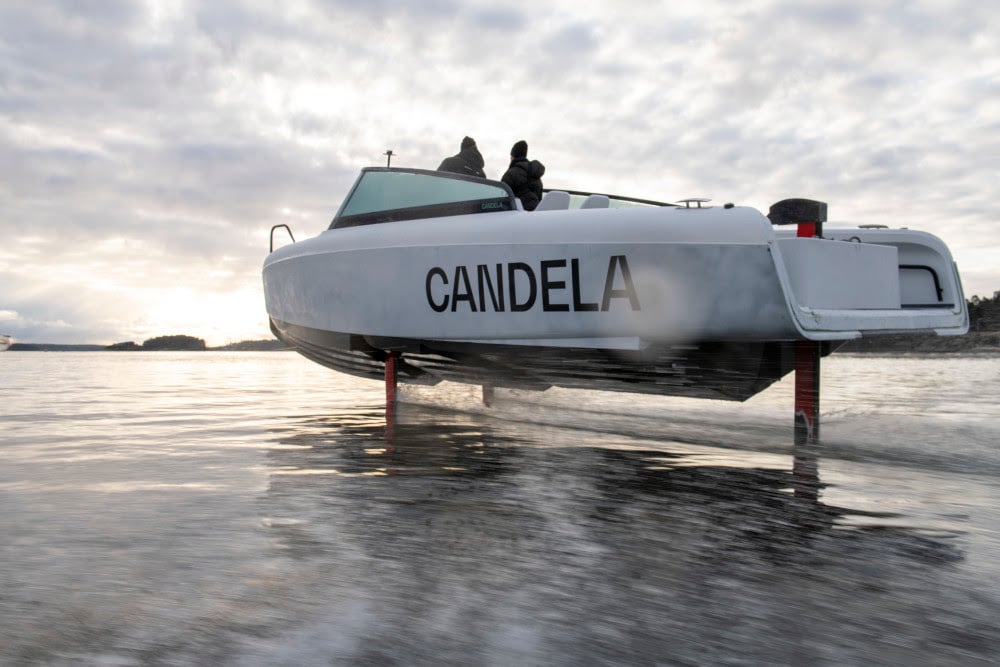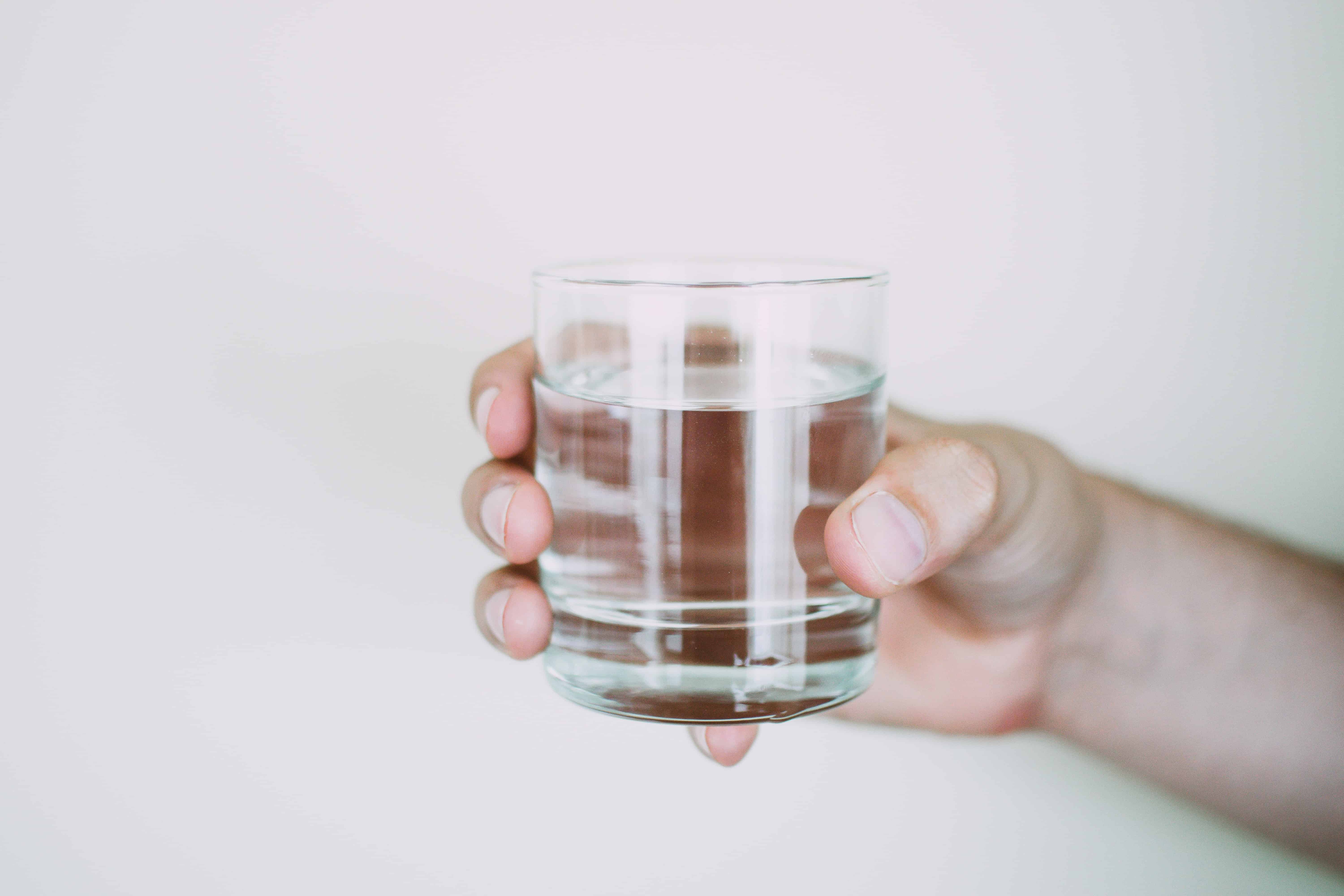
The bay of San Francisco was the first to witness a flying sailing boat. It was in 2013, for the 34th edition of America’s Cup – the world’s most prestigious sailing competition. The Oracle team competed with a 22-meter-long vessel, that could fly over the water thanks to hydrofoils – wing-like platforms that are attached to the bottom of the hull. More boats started to use them since then. A Swedish team has now come up with a method to design them as efficiently as possible, enabling ships to cut fuel consumption by no less than 80 percent.
The Chalmers University of Technology and SSPA – a maritime knowledge-based company – partnered up to conduct research on the interaction hydrofoils have on fluids. After a year and a half of studies and tests, they found a method that allowed them to design better ship wings.
Hydrofoil technology is nothing new. Its origins trace back to the 1960s when they used to be made of steel. However, the material’s weight and the maintenance it needs hindered its mass use. Current hydrofoils are made of carbon fiber, a lighter yet resistant alternative.
Lower drag, less energy needed
Laura Marimon Giovannetti – former member of the British Sailing Team – is a senior researcher at SSPA. “Hydrofoils are similar to airplane wings, but they are smaller because they work in water – which is 1000 times denser than air. They are designed to reach the so-called takeoff speed which lifts the hull out of the water. At that point, the only resistance is the drag of the foil.”

Laura Marimon Giovannetti
Senior researcher at SSPA
Her area of expertise is Computational Fluid Dynamics. She has a past as a sailor in elite competitions. Laura is now a research and development adviser for Sweden’s Olympic committee.
Reducing that kind of resistance is what improves the efficiency of a vessel. The smaller the force it has to counteract, the lower the amount of energy it needs for sailing. Current and future boat technologies can thus leverage the Swedish model, as they know what to expect from this key component and ultimately from the boat itself.
Taking into account all variables
The computational model looks at the foils as a flexible body. Consequently, the design must make sure that the same degree of lift is guaranteed in every scenario. Otherwise, the vessel will not be stable.
“If the foil is deflected, the amount of lift that we get is not the same as when it is not. The boat might lose the advantages it has from being able to take flight,” underlines Arash Eslamdoost, professor of applied hydrodynamics at the Chalmers University of Technology.

Arash Eslamdoost
Professor at Chalmers University of Technology
In addition to teaching applied hydrodynamics, he’s also working on a project redesigning hydrofoils’ propellers.
The boat’s features and payload are some of the most crucial aspects that have been looked at. In addition to the forces boats have to withstand, the nature of carbon fiber poses one more challenge. The material is made up of several layers, ultimately influencing the behavior of the foil. This factor also influences the lift-to-drag ratio.
Rethinking ships
SSPA’s cavitation tunnel was the main testing ground for the foils. There, circulating water is set at the desired speed. High-speed cameras record the images of the foil operating in the cavitation tunnel and measure the amount of deflection over time. “This way, we were able to measure all the forces involved and to balance the different components,” Marimon adds.
The novelty of the method also lies in the fact that several measurement techniques are combined. Because it involves wings, aeronautics knowledge as well as materials science was included. But research at the Chalmers’ Department of Mechanics and Maritime Science doesn’t stop here.
“The design of hydrofoils should be reevaluated in terms of that of conventional vessels. In order to do that, we are also working on the development of propulsion systems for hydrofoils. We are also developing a self-balancing system in another ongoing project, which detects the movement on the boat and regulates the sailing height,” Eslamdoost explains.
Sport is the best testing ground
The best testing ground remains the open sea. Marimon used to sail in elite competitions – she campaigned for Tokyo 2020 Olympics – and she’s well aware of the potential of sports for pushing new technologies to the limit. Sometimes, such developments happen as a surprise.
“The design of the 2013 boat wasn’t intended for to fly. During the race, sailors pushed the boat to the limit, so that the catamaran started flying. Since then, more developments have followed. Sport brings to the fore the advancement of composite materials, which makes fibers stronger.”

Flying ships as a public transportation alternative
More and more variants of hydrofoils are being developed, also for everyday uses. For example, hydrofoils will soon be entering Swedish waters. The Stockholm Region and the ferries manufacturer Candela partnered to use electric boats for public transport purposes. The vessels will carry the first passengers this year.

If the model works out well, hydrofoil vessels could represent an alternative for reducing both traffic congestion and CO2 emissions in marine cities. As battery technology is bound to keep developing – with lighter charging units – electric sailing also stands to benefit. For now, just realise that the next ferry you board might be able to fly.






